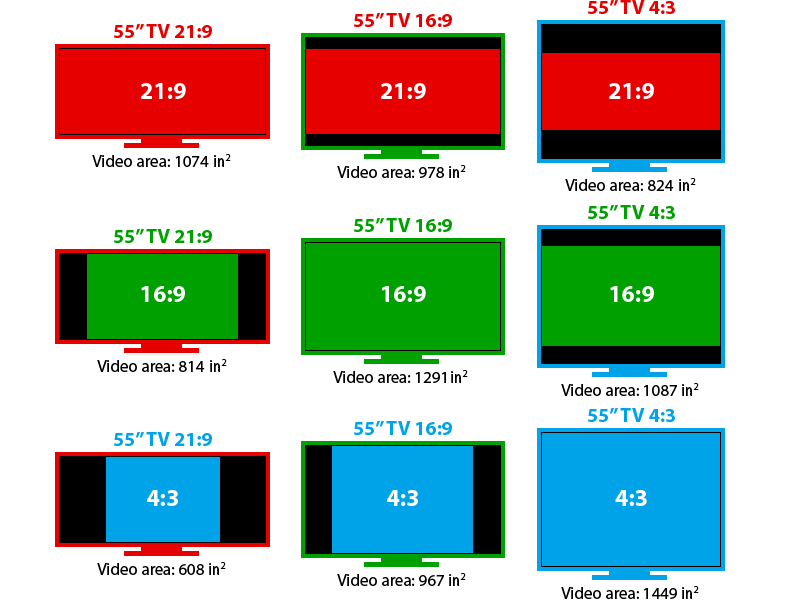mollwollfumble said:
A better solution is to have screen ratio the same ratio as the sides of A4 paper.
This is a very parochial view: not all countries use SI, and not all countries — even among those using SI — use A series paper. The obvious example is the U. S. A., where they use paper sizes like “letter”, “legal”, “tabloid”, and “ledger”. Computer software and hardware (like cameras and printers) has to be built to handle all these (and the less common B and C series ISO standard sizes.)
mollwollfumble said:
Then, if someone takes a video or photograph in portrait mode, you simply show two portraits on the screen – and even better put two different portrait photos together to show both at the same time. No wasted space – ever.
Again, this only works if the country uses ISO A series pages. Not everyone does — and some, like Japan and Sweden, use even more sizes.
mollwollfumble said:
The original “widescreen” was three standard 4:3 TV sets placed side by side, carefully choreographed because nobody could watch all three sets at the same time. This has since been bastardised down to 16:9.
No. When moving pictures became common the aspect ratio was chosen to be what the technical people thought was most aesthetic: 4:3. This was standard for many years, until televisions — which used the same aspect ratio — started becoming common. Attendance numbers at movies dropped because people could stay home and watch TV (and even watch movies on TV), so movie makers started using “widescreen” — initially 5:3 (1.66:1), then 1.85:1 (mostly European), then 2.35:1 (Cinemascope: the picture was photographed through an anamorphic lens which compressed the image horizontally; a similar lens was needed during exhibition), then 2.2:1 (70mm film) — to try to lure people back.
When widescreen films were shown on (4:3) TV, the only options were to show the whole image, leaving black bars at the top and bottom of the screen (“letterboxed” image) or to fill the TV screen by only showing the middle part of the image (“pan-and-scan”). Old-format TV transmission standards (NTSC, SECAM, and PAL) were specifically 4:3, so TV receivers were stuck with that aspect ratio until the standards were changed, but with so many different aspect ratios to choose from, the designers had to choose the best they could, which is why they chose 16:9 (42:32, or (4:3)2): it’s mid-way between 4:3 and 1.85:1, and can show 2.35:1 letterboxed with minimal black bars.
